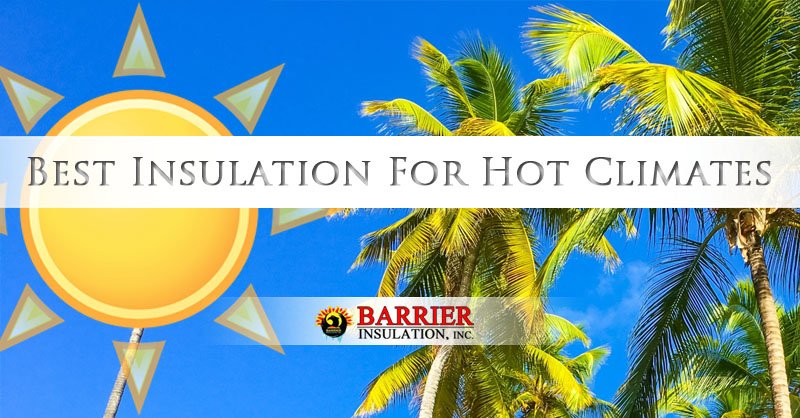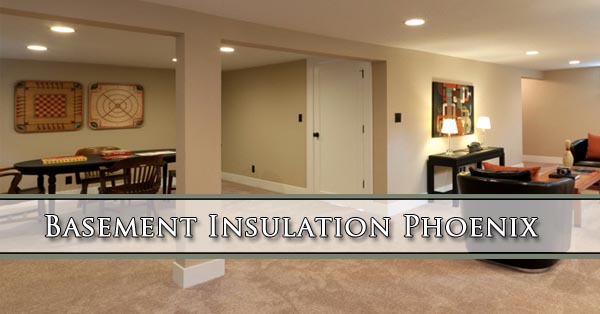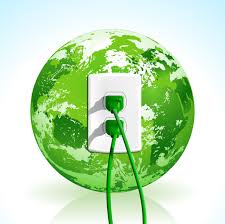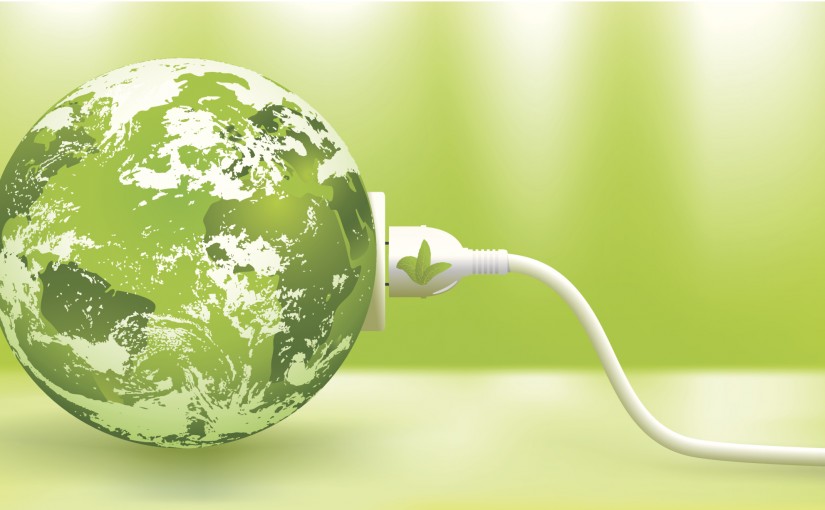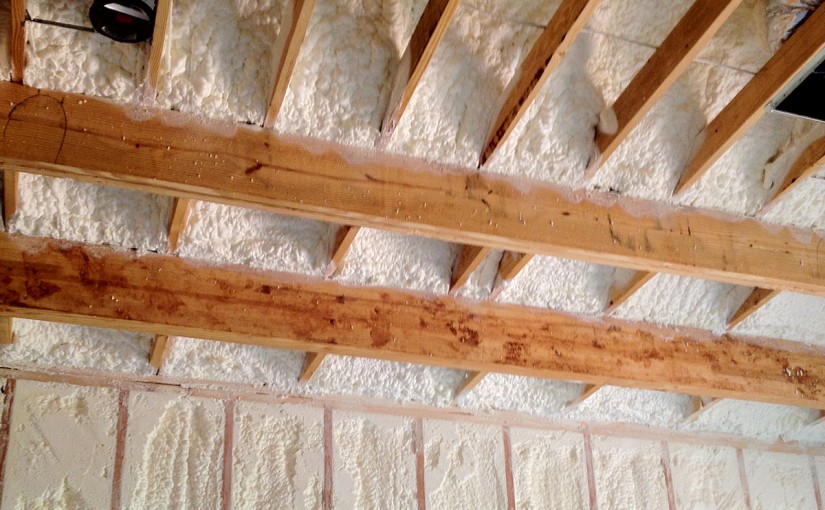If you are searching for the best insulation for hot climates, you are probably living in Arizona and starting to feel the summer’s bite. While the purpose of insulation is to keep homes and business comfortable all year long, it is considerably hotter in the Phoenix, Arizona area, so which insulation is best for hot dry climates?
There are 4 main categories of insulation available to install in your home or business in hot climates. These are spray foam, radiant barrier, loose fill, and rolled batt. Which of these will be best for your property depends on what is already there and your budget.
1. Spray Foam Insulation
Spray foam insulation is by far the best type of insulation for hot climates as it has considerably higher R-values than other insulation types. The R-Value of insulation is a rating of how well it does its job. Spray foam insulation is highly sought after because it has incredible R-value per inch. This means that in exterior walls that are only 4 inches deep spray foam can deliver an effective layer of insulation in less space. Best of all spray foam expands into gaps and cracks which seals the air leaks in your home.
2. Radiant Barrier
Radiant barrier is a great option for hot climates as it doesn’t try to slow the heat from passing through the materials, it simply reflects the energy. Radiant barrier is popular when adding a second layer of protection inside attics to keep HVAC ducting cool. When the attic is more mild the ducts can carry the cold air more effectively to the rooms that need it.
3. Loose Fill Insulation
Loose fill insulation is a great option for attic floors and walls. It is very popular for retrofitting old walls which either have no insulation, or have insulation that has sagged with age. Loose fill is installed by a machine which blows it into the spaces needed. This is why it is also known as Blown In Insulation
4. Rolled Batt Insulation
Rolled batt insulation is one of the most common insulation types and generally what Americans think of when they imagine what insulation is like. It comes in pink or yellow rolls and is installed in between rafters and wall studs. Staple guns are used to tack the sections in place through the paper backing the insulation is installed in. Rolled batt is a great option for budget sensitive insulation projects.
What Is The Best Wall Insulation For Hot Climates?
Loose Fill insulation is the best wall insulation for hot climates.
What Is The Best Roof Insulation For Hot Climates?
Blown In Insulation is the best roof insulation for hot climates. However, radiant barrier should be installed as well to keep the heat from getting into your attic.
What Is The Best Insulation?
The best insulation for your home or business depends on your needs and budget. While the most effective insulation type is spray foam insulation, it does come with a higher cost of installation. Business and Homeowners installing new insulation should weigh their options against their budget and seek the professional opinion about their property’s insulation needs.
Your local insulation contractor will be able to inspect what insulation you already have and make cost effective recommendations which fit your property, your budget, and your priorities. If you are in the Phoenix Valley and looking for insulation contractors to help you with your insulation project you should consider Barrier Insulation of Phoenix. We install every type of insulation you can imagine including spray foam, blown in insulation and more. We also have many 5-star Reviews from our satisfied customers. If you have questions or would like to schedule insulation services please get a hold of us.
Call Today – 602-499-2922
